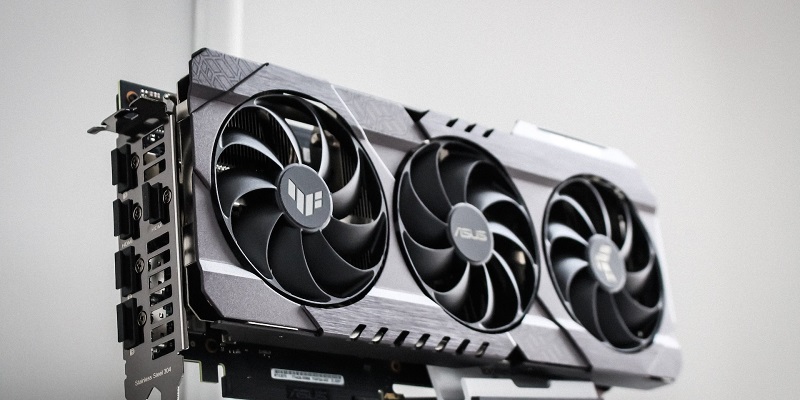In the rapidly evolving world of artificial intelligence (AI), NVIDIA has emerged as a formidable player, with its H100 GPUs generating significant buzz in the industry. The recently released shipping volumes of H100 GPUs in Q2 2023 have revealed some truly intriguing figures, pointing towards NVIDIA’s dominance and future potential.
NVIDIA’s Shipping Volumes
Omdia, a renowned analytics firm, has estimated that NVIDIA shipped a staggering 900 tons of H100 GPUs in Q2 2023. To provide a clearer picture, let’s do some math. Analysts from Omdia suggest that each H100 GPU weighs around 3 kilograms. Taking this into account, it is estimated that Team Green sold approximately 300,000 H100s during this period. This is an incredible figure, considering the magnitude of the industry estimates.
Calculating the actual number of GPUs sold involves various factors, such as the weight of individual H100 modules and GPUs. However, to keep things concise, we won’t delve too deeply into these details. Suffice it to say that the scale of NVIDIA’s shipping volumes is undoubtedly impressive.
NVIDIA’s AI GPU Forecast
The significance of emphasizing the shipping volumes of H100 GPUs becomes even more apparent when we consider NVIDIA’s forecasted AI GPU figures. As we reported earlier, NVIDIA has set an ambitious target of shipping 1.5 million to 2 million AI GPUs by 2024. Most of these units will feature the highly popular H100 GPUs. The report by Omdia indicates that NVIDIA is firmly on track to reach this milestone, which is a testament to their commitment and market position.
The Impact of H100 GPUs in the AI Industry
The rise of AI has sparked fierce competition among tech companies, with NVIDIA’s H100 GPUs serving as a crucial catalyst for the actual integration of AI technology. These powerful GPUs offer immense processing power and superior performance, making them the preferred choice for AI applications in various industries.
NVIDIA’s ability to achieve such massive shipping volumes is a testament to their dominance in the AI space. Their competitors are nowhere near NVIDIA’s scale when it comes to shipping volumes. The company has effectively created a strong monopoly that gives them an edge in the market.
Looking Ahead
Exciting times lie ahead for the AI industry. NVIDIA’s H100 GPUs are spearheading the AI revolution and dominating the market. As financial reports show promising results, it is safe to assume that NVIDIA will achieve astonishing figures by the end of the year. Their commitment to innovation and their firm position in the industry make them an unstoppable force.
In conclusion, NVIDIA’s H100 GPUs have firmly established themselves as the industry leader in the AI space. With their remarkable shipping volumes, NVIDIA is not only meeting their own forecasts for AI GPU shipments but also setting new standards for competitors. The future holds immense potential for NVIDIA, and it will be fascinating to witness how the industry evolves, with NVIDIA at the forefront of AI innovation.

